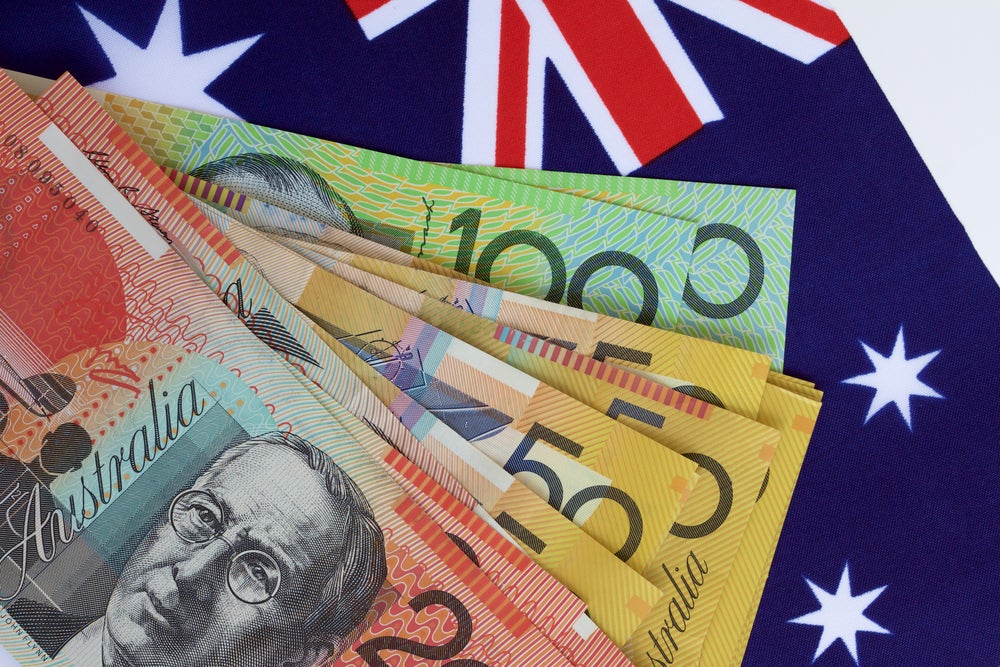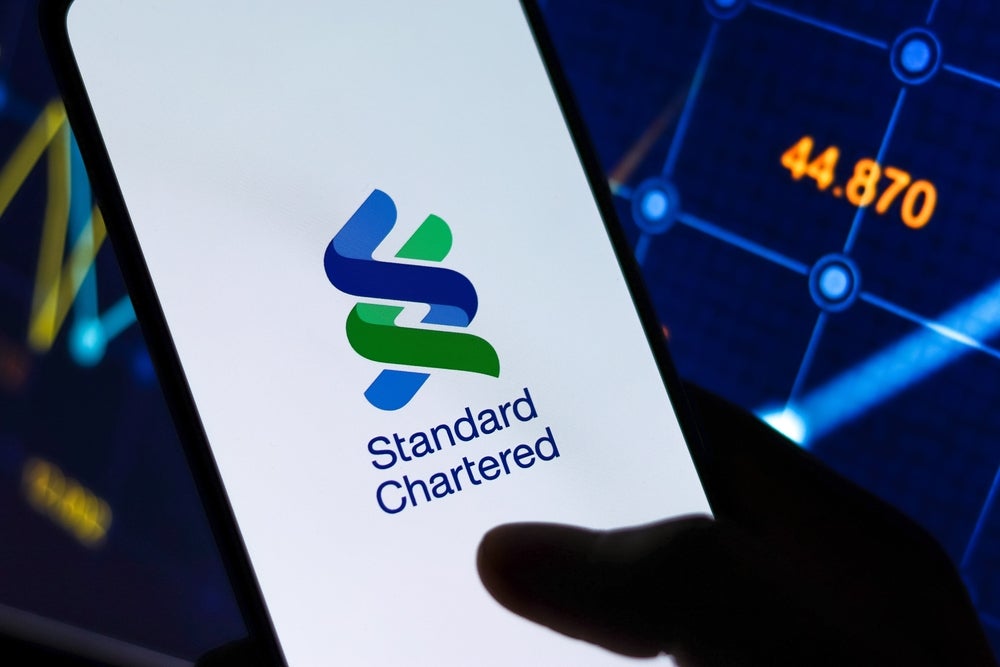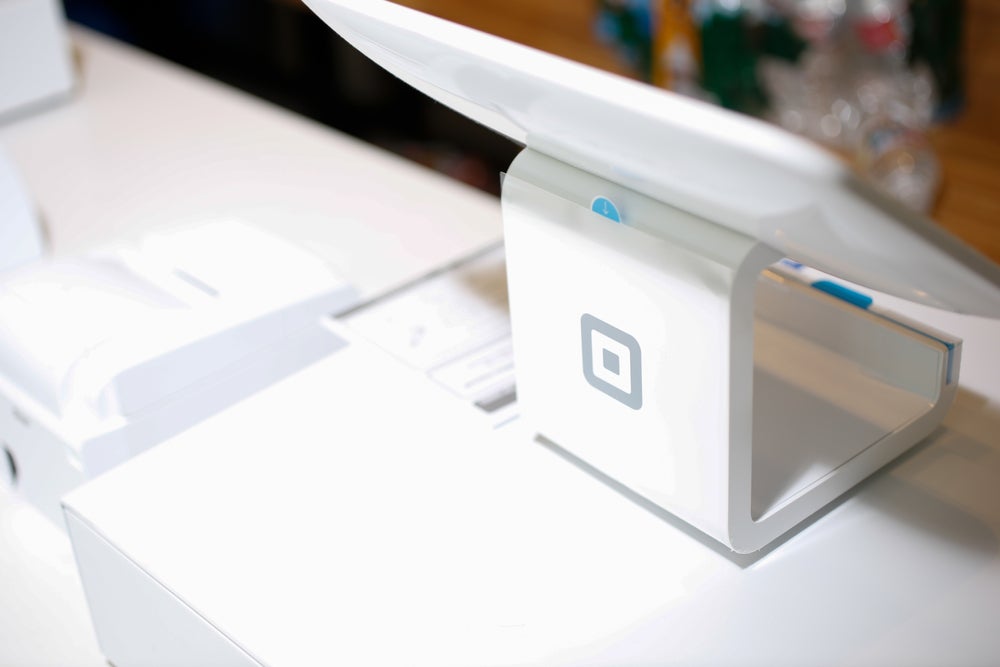India’s electronic payment industry is being galvanised
by the rapidly burgeoning middle-class consumer segment in the
country and intensive government efforts to modernise and overhaul
payment infrastructure to cope with the demands of a young and
wealthy population. Victoria Conroy reports.
 Of all the economies in
Of all the economies in
Asia-Pacific, India is one of the most forward-thinking when it
comes to developing electronic payments. This is thanks to a
clearly defined government strategy, and implementation of policies
which are galvanising the country’s banks and payment industry
stakeholders to overhaul their payment infrastructures to keep up
with modern consumer and corporate demand.
The Reserve Bank of India (RBI) has spearheaded
efforts to bring India’s payment industry into the 21st century,
most notably with its phased ‘Vision’ strategy, under which policy
guidelines have been issued to spur electronic payments as an
increasing number of the Indian population gain access to financial
services.
The latest stage of the RBI’s Vision platform
is Vision 2009-12, which succeeded the previous incarnation, Vision
2005-08, under which the National Electronic Funds Transfer (NEFT)
system was launched, and represented a significant enhancement of
the Electronic Funds Transfer (EFT) system (introduced under the
RBI’s Vision 2001-03 initiative).
A total of 66.35m NEFT/EFT transactions were
reported by the RBI in the fiscal year ended March 2010, up from
32.16m in 2008-09, 13.32m in 2007-08 and 3.07m in 2004-05.
How well do you really know your competitors?
Access the most comprehensive Company Profiles on the market, powered by GlobalData. Save hours of research. Gain competitive edge.

Thank you!
Your download email will arrive shortly
Not ready to buy yet? Download a free sample
We are confident about the unique quality of our Company Profiles. However, we want you to make the most beneficial decision for your business, so we offer a free sample that you can download by submitting the below form
By GlobalDataVision 2005-08 also saw the launch of the
National Electronic Clearing Service (NECS), in a bid to provide
national coverage for direct debit and credit transactions. During
the course of the RBI’s Vision 2005-08 initiative, the reach of its
real-time, gross settlements (RTGS) system introduced in March 2004
was also considerably expanded.
RBI reported that by the end of 2008, RTGS was
available in more than 52,000 branches.
Usage of RTGS has also increased, rising from
1.77m transactions in 2005-06 to 13.37m in 2008-09, while the value
of transactions during this period increased from INR115.4trn
($2.5trn) to INR368.3trn ($7.9trn).
It is acknowledged that the Vision initiative
has mostly achieved its objectives in spurring the use of
electronic payments.
In terms of the reduction in paper-based
transactions, the value of paper-based transactions dropped from
70% of total non-cash payments in 2003-04 to only 18% in 2008-09.
In volume terms, paper-based payments, although gradually falling,
continue to dominate, accounting for 67% of non-cash payments in
2008-09, compared with 88% in 2003-04.
The significance of paper-based transactions
primarily reflects the popularity of cheques in India. In the
low-value transaction sector alone, the RBI reported that 1.374bn
cheques were processed in 2008-09.
Despite this, India remains overwhelmingly a
cash-based economy, with the value of non-cash payments comprising
just 12.9% of India’s GDP in 2008-09. Contrast this with countries
such as the US, where in 2007 non-cash payments totalled more than
five times the GDP.
 Payment card
Payment card
growth
Figures available from the RBI for
March 2010 show that debit cards are driving the growth of
electronic payments, with the number of debit cards in issue
standing at 181.9m, compared to 137.4m in the year-ago period.
On the other hand, credit cards unsurprisingly
suffered due to the worldwide economic slowdown, and the number of
credit cards in issue fell to 18.2m in April 2010 from to 24.3m in
the year-ago period as Indian banks tightened up their lending
practices in response to a rise in bad debts.
In an encouraging sign that Indian cardholders
are increasingly using their debit cards for a greater range of
transactions, the number of transactions rose to 170.1m by March
2010, compared to 127.6m in the year to March 2008.
Significantly, the rise in the number and value
of debit card transactions in 2008-09 was notably higher than
during the period between 2003-04 to 2007-08, when increases of
23.6% and 26.6% respectively were recorded.
However, credit card transaction levels have
slipped significantly, with the total by March 2010 amounting to
234.1m, compared to 259.5m in the 2008-09 period.
One notable trend in the context of the
worldwide economic slowdown was that while the growth in value of
credit card transactions decelerated in 2008-09, with growth in the
number and total value of credit card transactions considerably
below the CAGRs of 22.8% and 34.6% respectively recorded between
2003-04 and 2007-08, the growth in the value of debit card
transactions continued to remain strong as in the previous
year.
The steady rise in the number of middle class
households and the shift in consumer spending patterns will
continue to drive growth in payment card penetration, according to
Indian financial research consultancy RNCOS.
The consultancy stated that the number of debit
cards issued by banks grew at a CAGR of around 40% between 2006 and
2009. It anticipates future prospects of the industry will remain
buoyant because of a low level of payment card penetration, coupled
with a surge in card spending due to rising income levels of the
Indian population.
Moreover, consumer preference for cards over
cash will increase due to their safety and convenience, with
additional benefits being reward points and discounts, offered by
merchants as well as bankers, which will lure customers to shop
with payment cards. Moreover, the increasing trend of online
shopping has also provided the impetus for the growth of the
industry.
Despite large rises in the number of cards in
issue, one of the major challenges to further payment card growth
is the number of inactive cards.
 According to payment
According to payment
research consultancy Edgar Dunn & Co, as of April 2009, nearly
half of credit and debit cards in India were inactive, possibly due
to insufficient resources in bank accounts and a holding of more
than one card. An Edgar Dunn & Co study revealed that, unlike
in the UK and Australia where 90% cards are active, only 56% of
debit cards in India are active.
“There is a very low level of debit card usage
at the point of sale [POS] compared to other countries. For
example, 26% of active debit cards used at the POS versus 86% in
the US; and 45% in Australia,” the study said.
“The very low costs associated with new
cardholder acquisition may indicate that insufficient resources are
being applied to checking creditworthiness of applicants.”
Another reason could be because of insufficient
resources in cardholders’ bank accounts. Debit cards are primarily
used for ATM withdrawals to support cash-based transactions.
In the credit card segment, India only has 56%
active cards against 80% in Australia and 75% in Singapore, the
study said. Credit losses in India also are relatively high because
of low level of transaction volume and value across the card base,
the study found, and a high level of inactive cards in the
portfolio can indicate that customers are holding credit cards from
multiple banks.
ATM infrastructure
development
Helping the penetration of card usage
is the expansion of the country’s ATM infrastructure. This has
grown from 34,789 ATMs at the end of 2007-08 to 43,651 at the end
of 2008-09.
The volume of ATM transactions
increased from 1.8bn aggregating to INR4.38trn during 2007-08 to
2.6bn aggregating to INR6.16trn during 2008-09.
An assessment carried out in the RBI revealed
that density of ATM availability (as the ratio of availability of
ATM to population) in India was very low compared to developed
countries and some emerging market economies. The population per
ATM in India was more than 29,500 (as of March 2008) against the
range of 1,000-9,500 in some of the emerging market economies.
To encourage the spread of ATMs for building
the national payment infrastructure, a relaxation was announced in
the RBI’s Annual Policy Statement 2009-10 to allow commercial banks
to set up offsite ATMs without prior approval of the Reserve
Bank.
To extend the facility of use of ATMs of one
bank to the customers of other banks, banks have entered into
bilateral or multilateral arrangements with other banks to have
bilateral or inter-bank ATM networks. The charges levied on the
customers for use of ATMs varied from bank to bank and also varied
according to the ATM network that was used for the transaction.
In order to bring greater transparency and
reasonableness in ATM charges being levied by banks on their
customers, the RBI issued directives, effective from April 2009,
making ATM usage free of charge to consumers regardless of the bank
or ATM they use.
Although ATMs are mainly used for cash
withdrawal, the RBI and banks in India are aiming to tap into
value-added services such as funds transfer, bill payment services,
mobile phone recharge and others in order to diminish the use of
paper-based payments.
 ATM switching on the agenda
ATM switching on the agenda
ATM transaction switching is an area of
focus for all industry stakeholders. At present about 35,000 ATMs
(or 80% of India’s ATM network) are connected by the National
Financial Switch (NFS) operated by the Institute for Development
& Research in Banking Technology (IDRBT). The IDRBT, a banking
technology development and research body established by the RBI,
launched the NFS in 2004.
Commenting on the NFS, the National Payments
Corporation of India (NPCI) noted that RBI and IDRBT did a
“splendid task” of proving that ATM switching can be done
domestically at one tenth of the fees levied in 2004 by
international switching companies. However, NPCI added that NFS
failed to reach the sophistication in technology and could not
demonstrate as much efficiency as the international switches. This
is something NPCI will clearly be aiming to achieve with its
national switch. Indications are that, as a first step, NPCI will
take responsibility for the NFS.
Signalling a potential wide-reaching change in
India’s payment card market, NPCI also called for the switch to
have merchant acquiring capabilities. Vision 2009-12 emphasises the
concept of a domestic payment card, to be called IndiaPay Card, and
a POS switch network for issuance and acceptance of payment cards
would be assessed.
RBI stressed the need for such a domestic card
scheme stemmed from two major considerations: the high cost borne
by the Indian banks for affiliation with international card
associations in the absence of a domestic price setter; and the
need for routing even domestic transactions, which account for more
than 90% of the total, through a switch located outside the
country.
Loss of even a portion of the Indian market
would be a significant setback for the international card
associations which are enjoying rapid growth.
 The national payment
The national payment
system
In a report on Vision 2005-08, the RBI
declared its objectives mostly accomplished. Among the most
significant developments under Vision 2005-08 was establishment of
the NPCI, with the objective being to create a uniform, national
retail payment system that would consolidate disparate local
systems impeding delivery of efficient customer and clearing
services.
The NPCI’s role is that of a hub in all
electronic retail payment systems, which will also facilitate a
variety of products, delivery channels, service providers and
technology solutions. To fulfil its role, the first priority is the
creation of a state-of-the-art national financial transaction
switch that will provide a comprehensive range of switching
functionalities.
As a first step towards achieving its
objective, in 2009 the NPCI issued a document calling for an
expression of interest from technology solution providers in the
area of switching of electronic transactions. From this, NPCI
intends creating a shortlist of the solution providers eligible to
participate in a detailed bidding process.
In the document, NPCI specified: “The proposed
switch aims to provide switching of all retail electronic payment
transactions from all possible channels like ATM, POS, internet,
mobile payments, m-commerce, e-commerce, real-time electronic funds
transfer, etc.”
Also, NPCI has called for a switch solution
that would preferably be platform independent and provide for
real-time, continuous or near real-time clearing and
settlements.
This call is in accordance with RBI’s Vision
2009-12 which envisages working with NPCI to enhance the NEFT
system into one capable of providing a funds transfer service akin
to the UK’s Faster Payments Service. RBI has dubbed this
contemplated service India MoneyLine.
 Mobile technology leads the way forward
Mobile technology leads the way forward
Given its vast population, most of
which remains underserved by financial services, India is turning
to mobile technology to bridge the gap.
Under the RBI’s Vision 2009-12 strategy
and the NPCI’s proposed national switch, mobile phone-based
payments will feature prominently in the future, with the RBI
noting that mobile phones are expected to emerge as an important
channel for transmission of payment instructions.
While all interbank mobile transfers are
payment instructions for settling funds through existing payment
systems, the RBI envisages building a national infrastructure for
facilitating real time mobile payments.
In order to prepare the way ahead, in late 2008
the RBI published operational guidelines for banks offering mobile
payments services to their customers. The guidelines
comprehensively cover aspects as diverse as technology and mobile
phones equipped to undertake contactless payments.
The RBI noted: “There is very little material
available on the regulatory frame work for mobile payments by
central banks. Although there are a number of research articles
available, they refer to the practices available rather than
regulatory guidelines.”
A key aspect of the RBI’s guidelines is the
emphasis placed on the need for interoperability. The RBI specifies
that while banks can only offer mobile banking services to their
own customers, they must ensure that the service is available on
all Indian mobile phone networks.
In its guidelines, the RBI noted: “The
long-term goal of the mobile payment framework in India would be to
enable funds transfer from an account in one bank to any other
account in the same or any other bank on a real-time basis –
irrespective of the mobile network a customer has subscribed to.
Restrictions, if any, to the customers of particular mobile
operator[s] may be only during the pilot phase.”
To ensure interoperability between banks and
mobile payments service providers, the RBI recommends that banks
adopt message formats being developed by the Mobile Payments Forum
of India, a joint initiative of the Indian Institute of Technology
and the Rural Technology and Business Incubator.
With e-commerce also taking off in India, the
development of broadband internet services in the country is also
coming under increased scrutiny, with increasing penetration helped
by competitive pricing plans from private telecom operations and
rapidly expanding networks.
The broadband service market in India is
expected to register impressive growth over the next three to four
years, with the number of subscribers predicted to grow at a CAGR
of more than 60% between 2009 and 2014.







